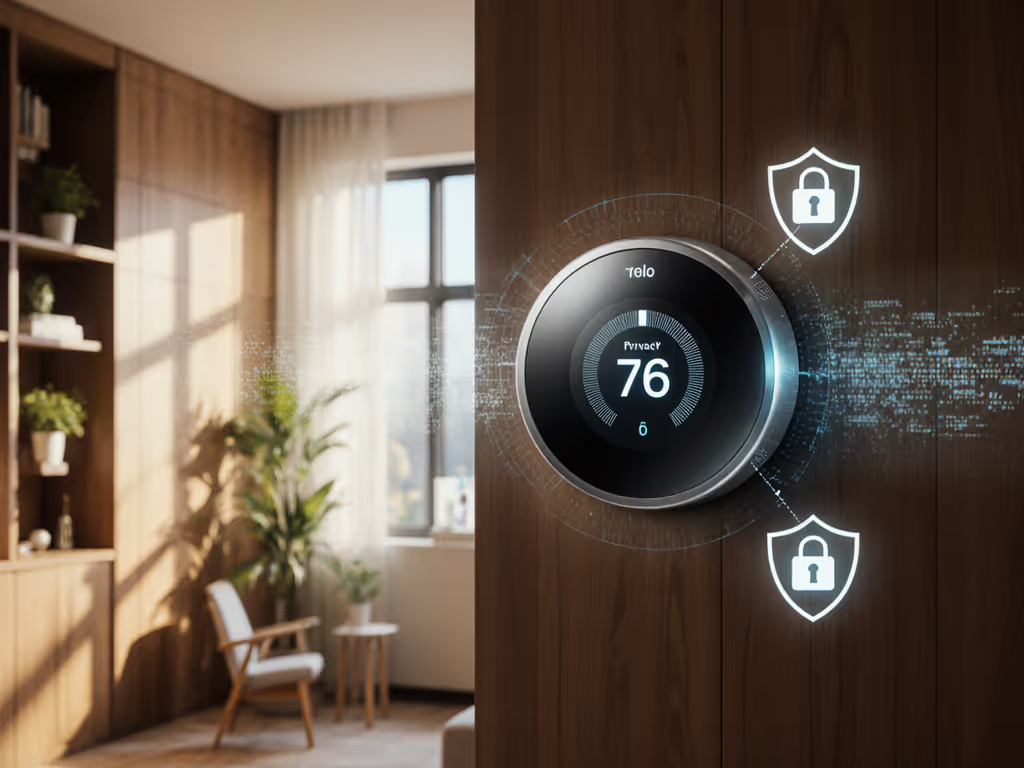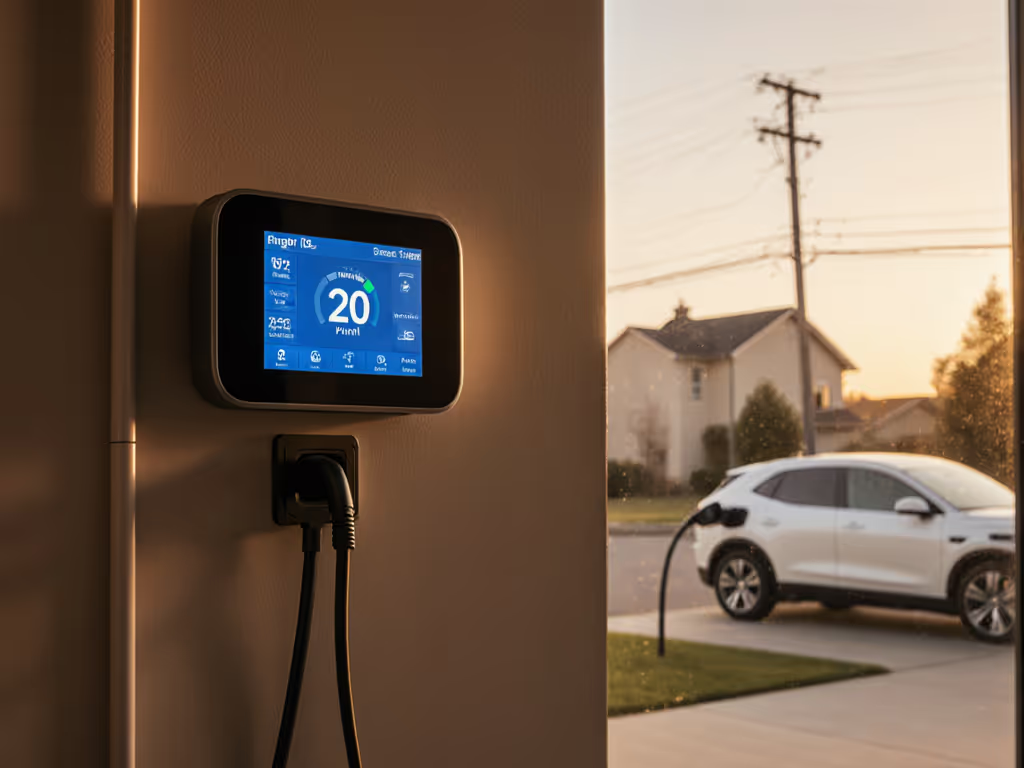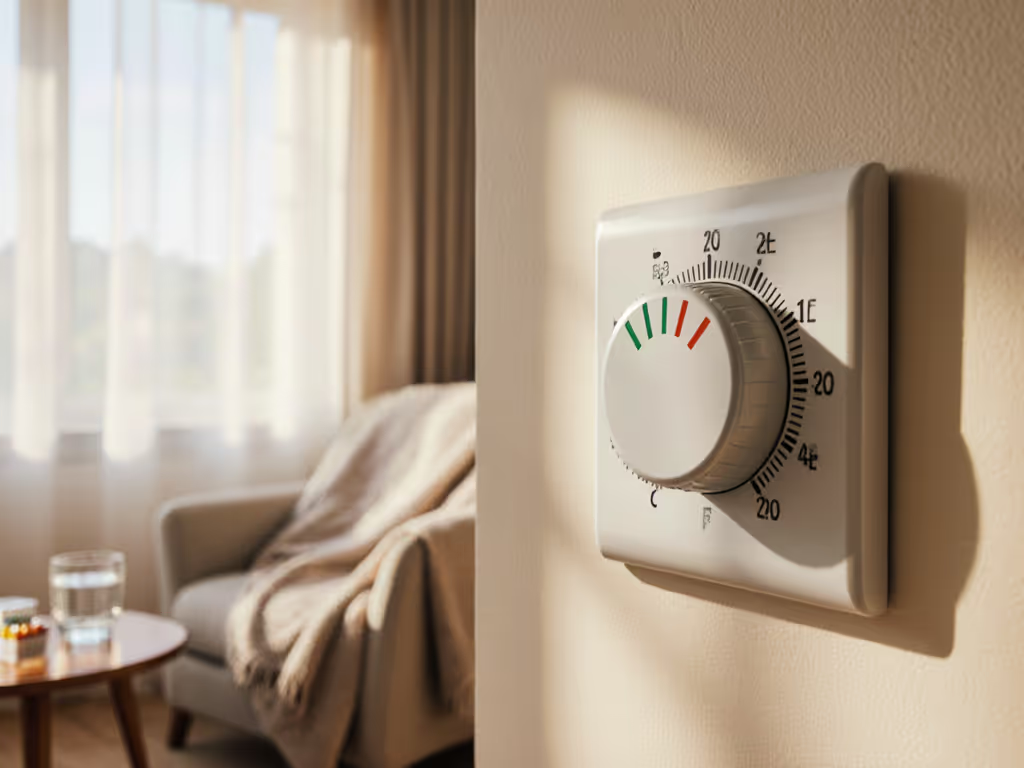
Pet-Safe Smart Thermostat Guide: Temperature by Species
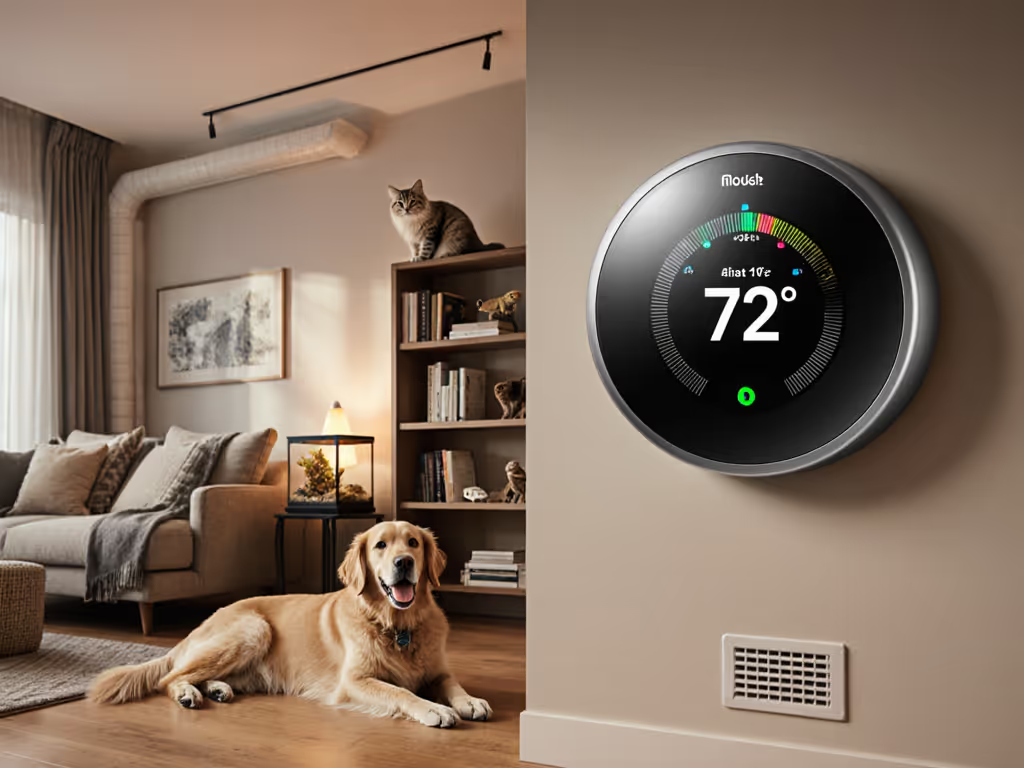
Introduction
Choosing a pet-friendly thermostat requires more than just setting a comfortable number, it demands understanding how your HVAC system, wiring, and thermostat logic interact to protect vulnerable companions. As a former HVAC technician, I've seen too many near-misses where well-intentioned owners prioritized convenience over compatibility, risking pet health and equipment damage. One call still haunts me: a parrot owner returned from a weekend trip to find their Nest Learning Thermostat had disabled heating during a cold snap due to aggressive "Away" mode logic. The birds survived at 51°F, but it was a terrifying 20°F below safe minimums. Smart thermostat decisions must center on wiring reliability and fail-safes, not just app features. Let's decode species-specific safety ranges while respecting your HVAC's hard limits. Remember: Power off at the breaker; label wires before you touch anything.
Core Principles for Pet-Safe Climate Control
Why Compatibility Trumps "Smart" Features
Match features to terminals, not to aesthetics.
Your HVAC system's wiring diagram (not marketing claims) dictates what your thermostat can safely do. A fancy pet-tracking sensor is useless if your dual-fuel heat pump's O/B terminal is wired incorrectly, causing emergency heat to run endlessly (wasting $200+ monthly) or, worse, short-cycling equipment. That homeowner with the parrot? Their Nest defaulted to "Eco" mode during absence, but the thermostat's occupancy algorithm failed to detect the birds. Unlike humans, pets can't override settings or access thermostats. Critical safety gap: If your system lacks a C-wire, battery-powered thermostats may shut down during extended outages, freezing pipes and pets. If outages are common where you live, see our battery backup thermostat tests for how long models stay usable and what features remain online.
Species-Specific Temperature Safety Thresholds
Dogs & Cats
- Summer: 75-78°F max for dogs; cats tolerate up to 82°F (but never exceed 85°F).
- Winter: Dogs need 69-72°F; cats require ≥70°F (their fur insulates poorly below this).
- Risk flag: Short-nosed breeds (Pugs, Persians) overheat 10°F faster than others. Add humidity monitoring, because above 60% RH, perceived temps rise 5-8°F.
Small Mammals & Birds
- Rabbits/Guinea Pigs: 65-75°F. Critical: Avoid heat pumps in single-stage systems, they can't maintain steady temps below 60°F, causing lethal stress.
- Birds: 65-80°F. Zero tolerance below 60°F (hypothermia sets in rapidly). Avian vet studies confirm 20°F fluctuations cause immune collapse.
- Risk flag: Line-voltage baseboard systems (common in rentals) often lack low-temperature lockouts. If your thermostat isn't 24V-compatible, install fails = frozen pets. If you have baseboard heaters, choose a smart baseboard thermostat designed for line-voltage systems to get proper low-temperature safety.
Reptiles & Exotics
- Bearded Dragons: Basking zones need 100-110°F, but ambient must stay 75-85°F. Never use HVAC for basking, dedicated heat lamps only.
- Tropical Fish: Water heaters depend on stable room temps (72-78°F). A thermostat swing exceeding ±3°F can crash tank ecosystems.
The Critical FAQ: Safety-First Verification
Q: How do I prevent "Away" mode from endangering pets?
A: Disable all learning algorithms immediately. On Nest thermostats, navigate: Settings > Home/Away Assist > Turn Off. For Honeywell T9: Menu > Preferences > Auto Schedule > Disable. Verify by triggering "Away" mode manually, then watch for temperature drops. Tool check: Use a $10 standalone thermometer in your pet's primary room as a backup. If your thermostat overrides it during "Away", reconfigure wiring. Do not trust software fixes.
Q: Can room sensors replace manual overrides?
A: Only with wired confirmation. Ecobee Smart Sensors (compatible with heat pumps/dual-fuel) solve hot/cold spots by focusing heating on occupied rooms, but their wireless signal can drop if walls contain metal studs. For larger homes or multiple pet rooms, see our best multi-room thermostats to improve room-by-room control without risky workarounds. Risk flag: During my dual-fuel service call, poorly placed sensors caused the furnace to short-cycle because AUX heat engaged prematurely. Always:
- Test sensor range with a voltage meter (min. 24V signal strength)
- Set occupancy override minimums (e.g., "Only shift temps if >30 mins occupied")
- Install a hardwired manual override switch within pet-accessible zones
Q: What wiring checks prevent winter disasters?
A: Three non-negotiable steps before installation:
- C-wire verification: No C-wire? Use a manufacturer-approved adapter (e.g., Nest Power Connector). "Add-a-wire" hacks risk transformer overload.
- O/B terminal polarity: Heat pumps must have O (cooling) vs. B (heating) confirmed per schematic. Reversed wiring = no heat in winter.
- Auxiliary heat lockout: For dual-fuel systems, set W2/AUX to activate only below 35°F. Otherwise, gas furnace won't engage, and pets get expensive, dry electric heat.
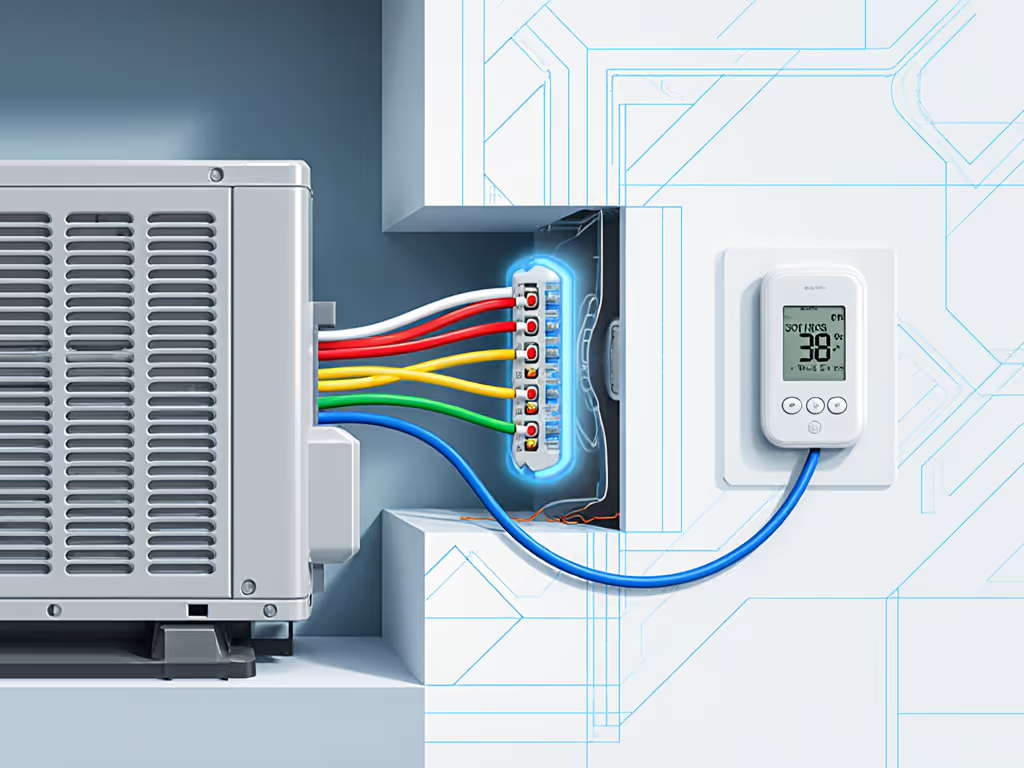
Q: How do I validate thermostat compatibility?
A: Cross-reference three sources:
- Your HVAC manual's wiring diagram (not online guesses)
- Thermostat compatibility checker (e.g., Honeywell Home's online tool, not third-party apps)
- Physical terminal notation (R, C, W, Y, G) on your control board
Do not skip this. A client once installed a "universal" thermostat on a geothermal system. The Y2 terminal was mislabeled as Y1, causing compressor lockout during summer, and her dogs suffered heat exhaustion at 88°F indoors. If you have or are considering geothermal, start with our geothermal thermostat compatibility guide to avoid wiring mistakes and poor efficiency.
Final Verdict: Safety-First Implementation
A pet-friendly thermostat succeeds only when it integrates with your HVAC's hard limits, not when it adds flashy features. Prioritize units with:
- Hardwired C-wire compatibility (no battery anxiety)
- Manual override modes that bypass algorithms
- Species-specific temp alerts (e.g., ecobee's "Extreme Temp" notifications)
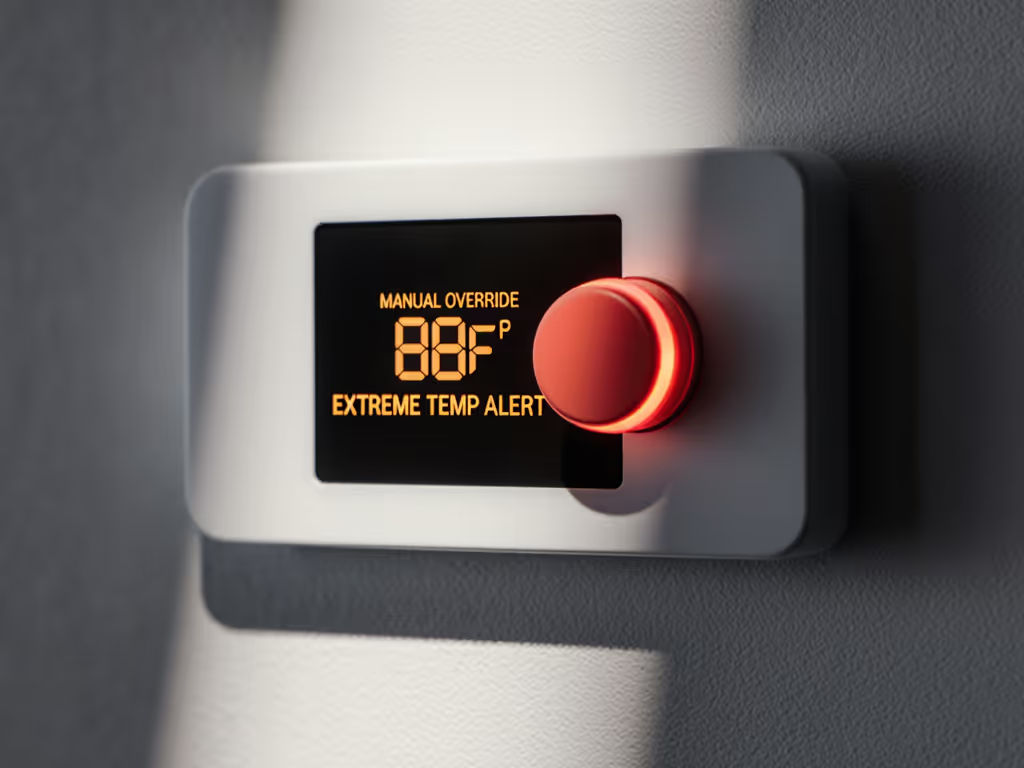
Power off at the breaker; label wires before you touch anything.
Forget "smart for smart's sake." Match features to terminals, not to aesthetics. Verify wiring against your actual control board, not a video you saw. For birds or exotics, install a mechanical backup thermostat ($25 at HVAC suppliers) as a last-resort fail-safe. Your pet's safety depends on compatibility, not connectivity. When in doubt, photograph your wiring and consult a technician (before you power up). Because no algorithm cares as much about your parrot's survival as you do.

